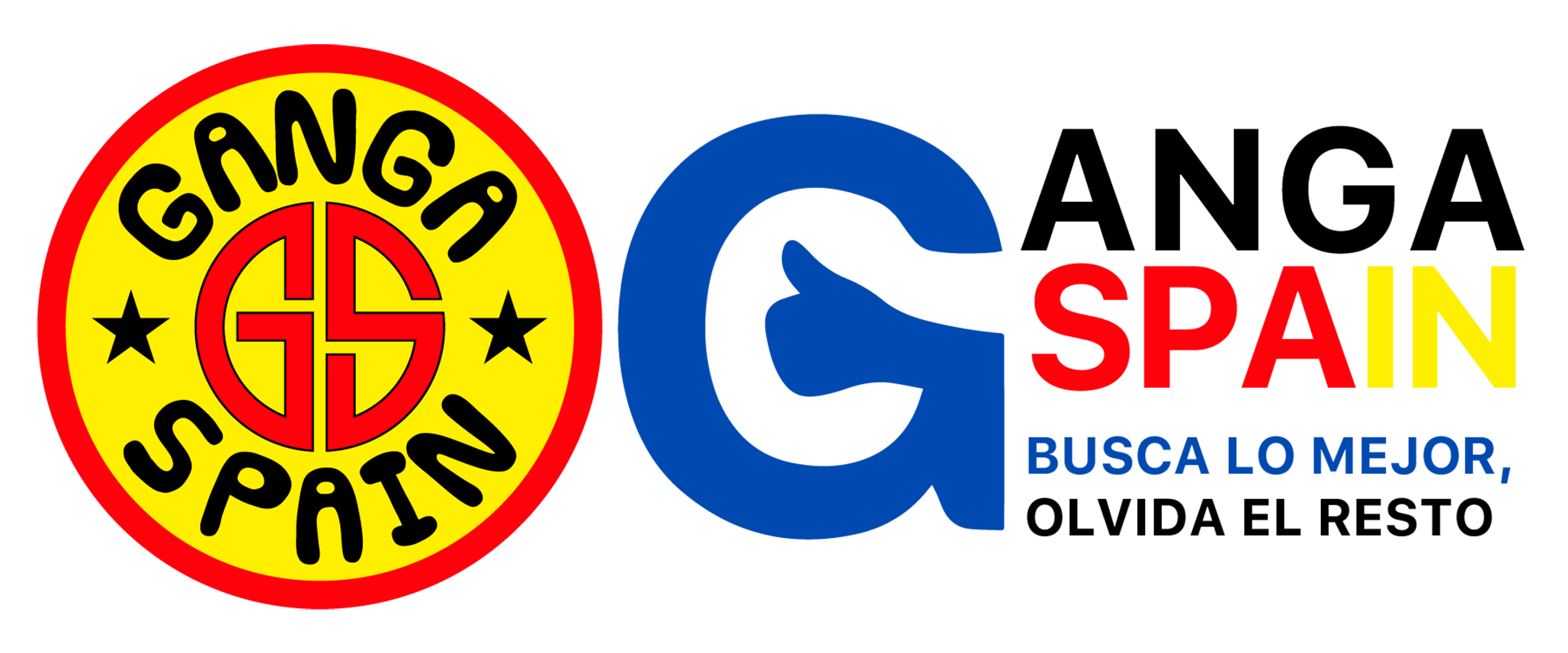
São Paulo, Brazil, August 21, 2025 (PAHO) – The countries of Latin America and the Caribbean have advanced towards a regional strategy to address the growing health burden of accidents caused by poisonous animals. From snake swords and scorpion bites to encounters with poisonous spiders and caterpillars, these incidents claim hundreds of lives annually and leave thousands of survivors with disabilities for life, particularly among rural and indigenous communities.
The Pan -American Health Organization (PAHO), through its Pan American Center for Foot and Hojos Diseases and Veterinary Public Health (PanAfftosa), and with the support of Wellcome Trust, organized the first regional meeting of national programs for venomous animal accidents (Network) on August 21 to 22 at the Butantano Institute in São Paulo, Brazil.
In a video aimed at the participants, Dr. Jarbas Barbosa, director of Paho, emphasized the urgent need for a unified response to avoid «prevenible deaths and disabilities» caused by the poisonous by poisonous animals.
Many survivors remain with permanent disabilities, such as amputations, neurological and psychological conditions, often, resulting in the loss of employment and the decrease in productivity. Economic and health consequences are also significant, particularly for vulnerable populations, and exert significant tension in public health systems.
A silent and unrelated public health threat
Statistics are sobering. In Latin America and the Caribbean, more than 57,000 cases of snake bites are reported every year, although the real number is probably higher due to the sub -registration in remote areas with limited access to medical care.
According to a recent Panftos survey conducted in all the Americas, cases of scorpion and spider poisoning increased significantly between 2021 and 2024, which promotes 198,647 and 48,345 cases per year, respectively. The snake bite incidents remained stable at 10.9 and 1.2 per 100,000 inhabitants, but still exceeded the figures of previous years.
Each year, snakes biteras only affect 5.4 million people worldwide, killing more than 80,000 and leaving three times more with disabilities.
Climate change, said Dr. Barbosa, is exacerbating the problem by changing ecological patterns and exposing new communities to poisonous species. «This requires a regional coordinated and sustained response,» he rooted in a health approach, «he urged, asking for collaboration in the human, animal and environmental health sectors.
Redpeva: A plan for action
The Redpeva meeting laid the foundations for a regional roadmap with clear priorities: build a collaborative network to share experience, use technology to map high -risk areas, standardize surveillance and improve access to Antivenom.
PanAffly also introduced New guidelines in snake packaging and a Virtual Training Course equip health workers with critical skills.
This regional effort is aligned with the global impulse to address the poisoning of snake bites, recognized by the World Health Organization (WHO) as one of the most lethal tropical tropical diseases. In 2018, the World Health Assembly unanimously adopted a resolution that urged Member States to reduce snake bites deaths by 50% by 2030. The following year, which launched their global strategy for the prevention and control of snake bites poisoning.
In line with this strategy, the International Awareness Day on the Snake Bite, observed every September 19, created awareness of the scale and the impact of snake bite poisoners, especially in unattended communities.
Redpeva is the first formal technical platform for regional coordination in accidents of poisonous animals, an area often overlooked in public health policy.






